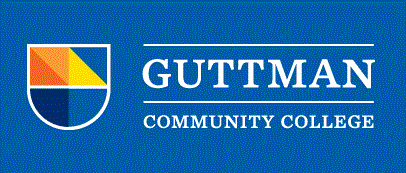
Publications and Research
Document Type
Article
Publication Date
Fall 2021
Abstract
Buffy the Vampire Slayer was once heralded as a beacon of feminist power on television in a sea of one-dimensional wives, girlfriends, and supporting characters. Joss Whedon, its creator, has been hailed as a feminist icon and a lifesaver of kids and adults struggling with being different (Cochran). “Geeks love Joss Whedon” according to a 2012 Wired article: “His characters are smart and self-aware. He’s steeped in pop culture and has a clever way with twists and turns of science fiction tropes […] plus, he writes female character who kick ass, which makes him so rare as to be sui generis in Hollywood” (Rogers). This has led viewers of his shows to engage in discourse on the images of the empowerment of women and other subordinated individuals, from the first scene in Buffy (1997-2003), where a blonde dressed as a Catholic schoolgirl, seemingly afraid of being caught after hours at her school, turns around and kills the boyfriend who has been trying to scare her (“Welcome to the Hellmouth” 1.1), to the last, where all potential Slayers—at the time, all female—everywhere are empowered (“Chosen” 7.22).
In contrast to the views on gender, commentaries on education in Whedon shows have not been dissected in the same ways. Though Buffy takes place in and around educational institutions, the other shows do not. Yet underlying long story arcs and monster-of-the-week narratives was a portrayal of our educational system and repeated themes of learning, teaching, and training. When mixed with race, “the sub-text here […] rapidly [becomes] text,” (Giles, “Ted” 2.11, 6:05-09) and the struggle to gain an education for characters of color becomes intertwined with violence and loss. It is through these characters that Whedon presents progressive education as an ideal only available to the privileged, and when characters of color, primarily people of African descent, attempt to gain the knowledge of their progressively taught peers, they are violently punished. These ideas can skew the notion of who deserves education and how they deserve to receive it.

